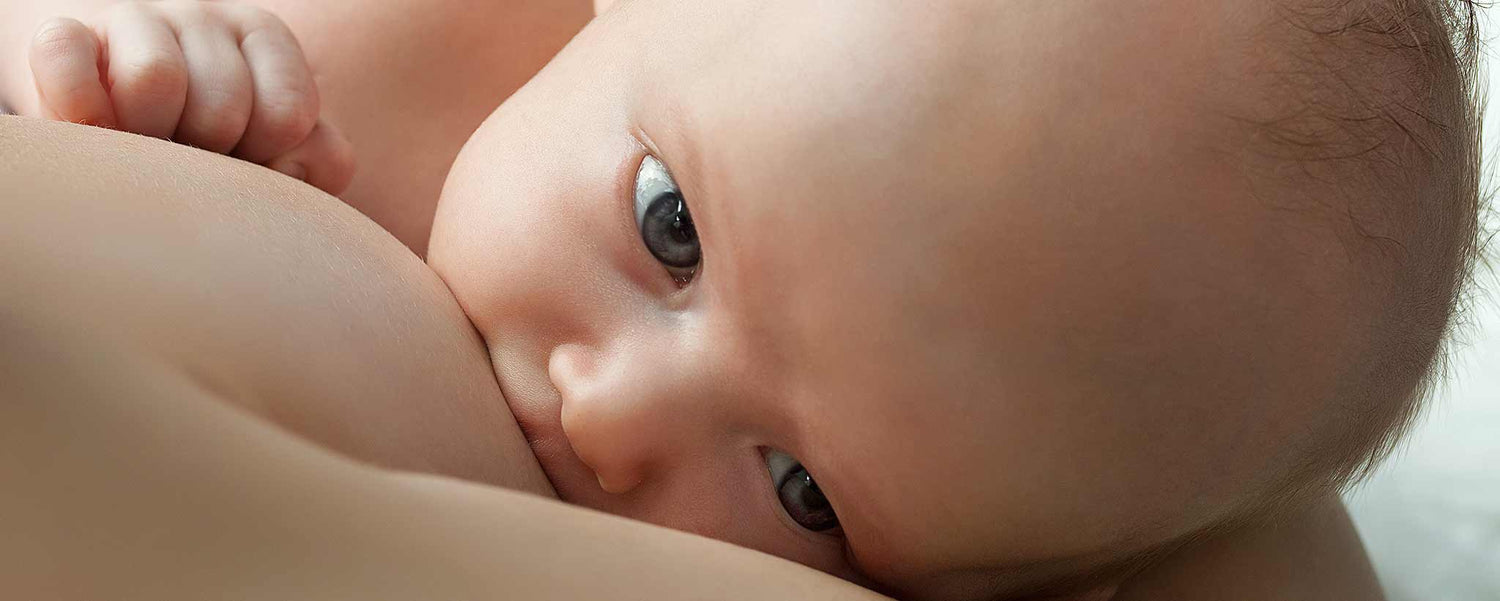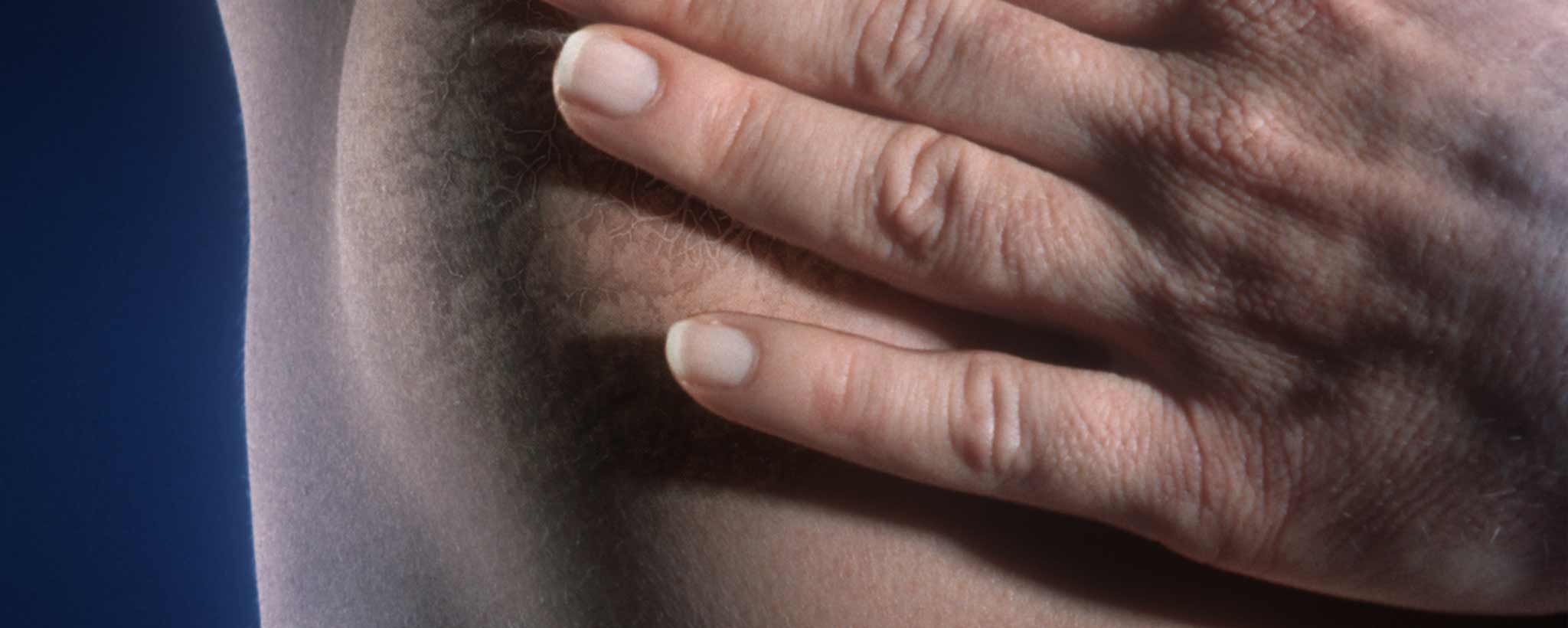If you are considering breastfeeding but have nipple eczema or mammary Paget’s disease, ask your doctor what can be done before giving birth.
⚠️ Use Discretion: Graphic human anatomy.
« Login For Audio »
Weigh Risks and Benefits
[NSFW] Breastfed babies enjoy numerous health benefits. Breast milk is rich in the nutrients that best promote brain growth and nervous system development. Only breast milk contains many different kinds of disease-fighting factors that help prevent various infections.
Breast milk is the most easily digested food your baby can receive, and your baby effectively absorbs more nutrients. Finally, breast milk is gentler on the baby’s system, making them less prone to adverse skin conditions and asthma. [1]
Breastfeeding is not just a way of nourishing your baby (though it is undoubtedly the very best way to do that). It’s also about a relationship; it’s about security, and it’s about forming a loving bond. [2]
Are all the benefits negated when a woman has eczema or Paget’s disease? First, it is important to obtain an accurate diagnosis. Whether breastfeeding is possible depends on which condition is diagnosed. The two ailments appear similar.
Eczema (atopic dermatitis) is commonly contracted by mothers after beginning breastfeeding. Paget’s disease is an uncommon intraductal carcinoma, representing 5% of all breast cancers. [3] Hence, surgery, chemotherapy, or radiotherapy may be necessary. Cancer treatment will affect the possibility of breastfeeding.
Compare Breast Eczema vs Paget’s Disease
| Attributes | Breast Eczema | Paget’s Disease |
|---|---|---|
| Photo |  |  |
| Description | With variable appearance, breast eczema may affect the nipples, areolae, or surrounding skin. Nipple eczema of the moist type presents with oozing and crusting. Painful fissuring is frequently seen, especially in nursing mothers. | Paget’s disease of the breast is a type of cancer that outwardly may have the appearance of eczema, with skin changes involving the nipple of the breast. This uncommon disease occurs in 1 to 4 percent of all breast cancer cases. |
| Specialty | Dermatology | Oncology |
Symptoms of Paget’s Disease and Eczema
The main symptoms of Paget’s disease are flaky or scaly skin on the nipple and beige or bloody nipple discharge. Nipple flattening or other skin and nipple changes in only one breast may occur.
Patients may also experience crusting, oozing, or hardened skin resembling eczema on the nipple, areola, or both. Some patients complain of burning sensations in later stages. [4]
Similarly, eczema may produce an itchy rash anywhere on the body, including the breast, areola, or nipple. According to dermatology professionals, eczema is a term used to describe the clinical presentation of several types of dermatitis. Eczema isn’t contagious. However, broken skin caused by an eczema rash is vulnerable to contagious infections.
There are three main types of dermatitis: endogenous atopic eczema, irritant contact dermatitis, and allergic contact dermatitis. Crusty, weepy, or hardened skin and irritation may be present. [4,5]
The ability to breastfeed may depend upon which condition is diagnosed.
Eczema appears to have a predilection for persons with a history of asthma or hay fever. [4] Onset of symptoms occurs more commonly at 5 or 6 months postpartum and is associated with infant teething or the introduction of solids or as a delayed hypersensitivity to an allergen in a product on the skin. [5]
Treating Eczema

The following suggestions have proven helpful for some eczema patients:
- Avoid hot showers.
- Prevent harsh soap or shampoo from getting on nipples.
- Eschew any non-prescribed products on nipples except ultra-purified lanolin.
- Shower after swimming.
- Moisturize nipples with ultra-purified lanolin or sorbolene after shower or bath.
Consult your physician before lactation begins if there is evidence of nipple irritation. The use of edible safflower oil, coconut oil, olive oil, or raw shea butter may prevent dermatitis. [6]
For severe cases of eczema, a topical corticosteroid is the main treatment. Apply sparingly after breastfeeding or as directed. Clean the skin around the nipple with warm water to remove all traces of topical ointment medication before feeding.
Breast milk can then be expressed, pre-boiled, cooled, and spoon-fed to the infant. Focus on the primary objective of feeding the infant. It may require pumping milk with some combination of formula. [6,7]
Nipple Shields
Some mothers find nipple shields helpful. A nipple shield is a thin, flexible silicone used to cover the mother's nipple and areola during nursing. Two problems with shields are that stimulation is lessened, which can lead to a reduction in milk supply (less milk for the baby and risk of plugged ducts).
Also, the baby is being taught to latch on to the nipple shield rather than the breast. (During lactation, the infant’s mouth should cover the areola, whereas an infant generally sucks the tip of the nipple shield.) So weaning from the shield can be difficult.
For these reasons, and possible slippage, it is best to work directly on resolving the problem rather than reaching for nipple shields as the first line of defense. However, under the guidance of a lactation consultant, it is better to have a baby on the breast with a shield (as a short-term solution) than not on the breast at all. [8]
Eczema and Paget’s disease are just two of many conditions affecting female nipples, areolae, and breasts. For more information, purchase the poster entitled: Anomalous Areolae.
To support the writing of scholarly articles about women, ClinicalPosters sells human anatomy charts, scientific posters, and other products online. You may sponsor specific articles, become a ClinicalNovellas Member, or remit a small donation.
ClinicalPosters sells human anatomy charts, scientific posters, and other products online to offset expense of the writing useful articles about women. Slide extra posters into DeuPair Frames without removing from the wall.
Show your support by donating, shopping for ClinicalPins, becoming a ClinicalNovellas Member, or leaving an encouraging comment to keep the research going.
To support the writing of useful articles about women, ClinicalPosters sells human anatomy charts, scientific posters, and other products online. You may sponsor specific articles or remit a small donation.
ClinicalPosters sells human anatomy charts, scientific posters, and other products online to offset expense of the writing useful articles about women. Slide extra posters into DeuPair Frames without removing from the wall.
ClinicalPosters sells human anatomy charts, scientific posters, and other products online. You may remit a small donation or become a ClinicalNovellas Member.
You can support the writing of useful articles about women by sponsoring specific articles, becoming a ClinicalNovellas Member, or remitting a small donation. Visible content is optimized for device size.
FAQ: Weigh the importance of breastfeeding against nipple eczema
What are the benefits of breastfeeding?
Breast milk is the most easily digested food a baby can receive, and a baby effectively absorbs more nutrients.
What if the nipple area becomes red or crusty?
Whether breastfeeding is possible depends on which condition is diagnosed. Two ailments appear similar. Eczema (atopic dermatitis) is commonly contracted by mothers after beginning breastfeeding. Paget’s disease is an uncommon intraductal carcinoma, representing 5% of all breast cancers.
When does eczema show up on the breasts?
Onset of symptoms occurs more commonly at 5 or 6 months postpartum and is associated with infant teething or the introduction of solids or as a delayed hypersensitivity to an allergen in a product on the skin.
Will lactating with eczema harm the baby?
Consult your physician before lactation begins if there is evidence of nipple irritation. The use of edible safflower oil, coconut oil, olive oil, or raw shea butter may prevent dermatitis. For severe cases of eczema, a topical corticosteroid is the main treatment. Apply sparingly after breastfeeding or as directed.
Are there advantages to using nipple shields?
Two problems with shields are that stimulation is lessened, which can lead to a reduction in milk supply. Also, the baby is being taught to latch on to the nipple shield rather than the breast. However, under the guidance of a lactation consultant, it is better to have a baby on the breast with a shield (as a short-term solution) than not on the breast at all.






